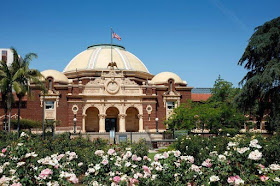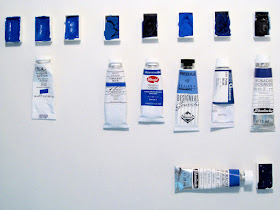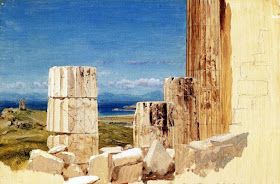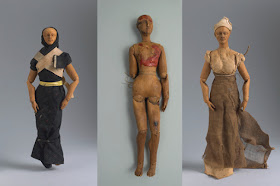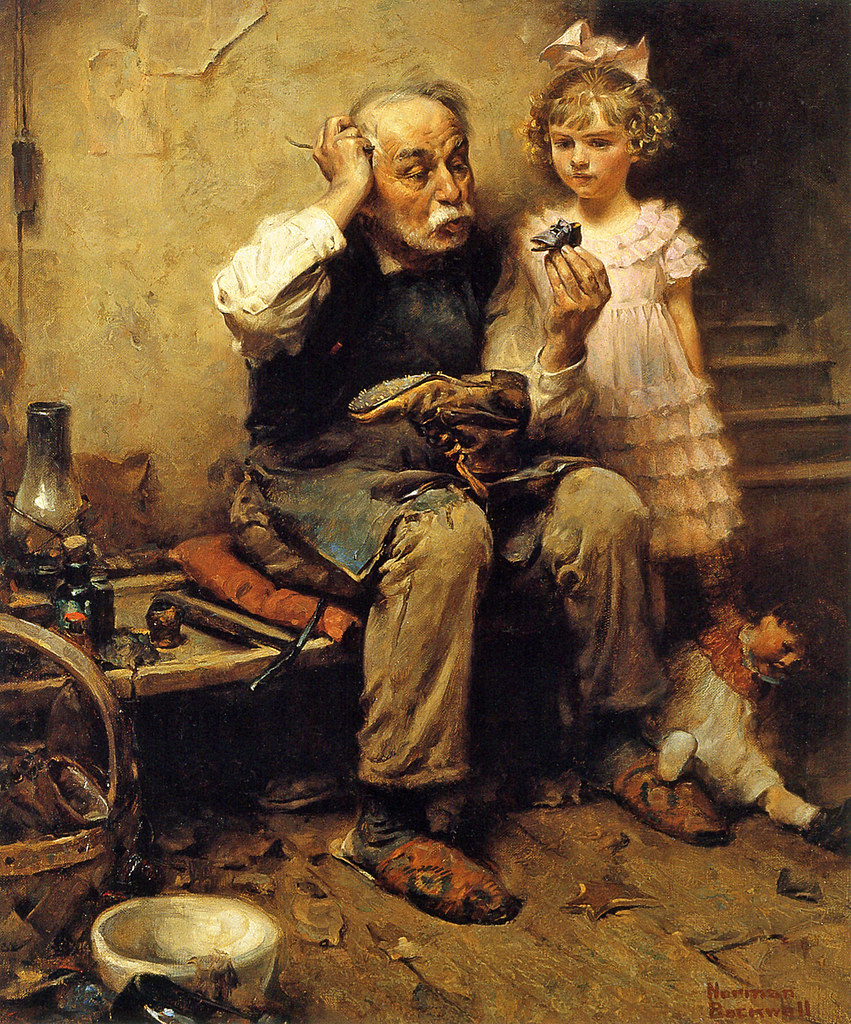 |
| NC Wyeth, illustration from Treasure Island |
The new exhibition at the Norman Rockwell Museum explores the lineage of academic painting and how its branches connected to the Golden Age of American Illustration.
The show, called "
Keepers of the Flame: Parrish, Wyeth, Rockwell and the Narrative Tradition," traces teacher/student lineages going all the way back to the Renaissance.
Dennis Nolan is the curator of the show and the author of the 216-page catalog. A teacher himself for half a century, he is interested in how the skills and knowledge needed to make storytelling pictures were passed from one generation to the next.
 |
| Maxfield Parrish |
The Art Students League and the Philadelphia Academy were important schools for training American illustrators. Many teachers there had spent time in Europe under the tutelage of French academic masters.
For example, Maxfield Parrish studied under Thomas Anschutz, who was a pupil of Thomas Eakins, who enrolled with Jean-Leon Gérôme, who was taught by Paul Delaroche, who learned from Antoine-Jean Gros, who studied under Jacques-Louis David, who was in the studio of Joseph-Marie Vien.
 |
| Gerome, Bouguereau, Laurens |
It takes a lot of concentration to keep track of all the didactic genealogies, which call to mind the begetting streaks in Genesis and Matthew.
 |
| Mowbray and Benjamin-Constant |
The teacher-student lineage story leaves aside important forces that shape and define an artist. Nolan ignores other formative influences, such as the inspiration that Rockwell took directly from artists he never met, from his contemporaries, and from Modern movements.
When Rockwell listed the artists he studied in his student days and who he admired later, he didn't mention his teachers (George Bridgman and Thomas Fogarty):
"Ever since I can remember, Rembrandt has been my favorite artist. Vermeer, Breughel, Velásquez, Canaletto; Dürer, Holbein, Ingres as draftsmen; Matisse, Klee―these are a few of the others I admire now. During my student days I studied closely the works of Edwin Austin Abbey, J.C. and Frank Leyendecker, Howard Pyle, Sargent, Whistler.” (from My Adventures as an Illustrator by Norman Rockwell)
 |
| Jules-Joseph Lefebvre, The Language of the Fan |
The curatorial approach of focusing on these teacher/student lineages also unfortunately leaves out a lot of women artists and self-taught artists, and it leads to the impression of all this art being created by a stodgy, backward-looking old-boy's club, when it's really not true.
American illustration was inclusive, inventive, popular and progressive. It embraced new technologies such as color printing, gave birth to new art forms such as comics, movies, and animation, and expressed the drama of contemporary life.
But these minor quibbles don't get in the way of appreciating the extraordinary artwork on display in this exhibition.
 |
| "The Byzantine Emperor Honorius" - Jean-Paul Laurens, 1880 |
The artist/teachers William Adolphe Bouguereau and Jean Leon Gérôme are central to the story and they're well represented in the exhibition, and there are many lesser-known artists who are worth seeing.
Nolan and the museum worked for years to negotiate loans of the paintings and drawings from both public and private collections. Unfortunately the show won't be able to travel to other venues, and will only be at the Norman Rockwell Museum.
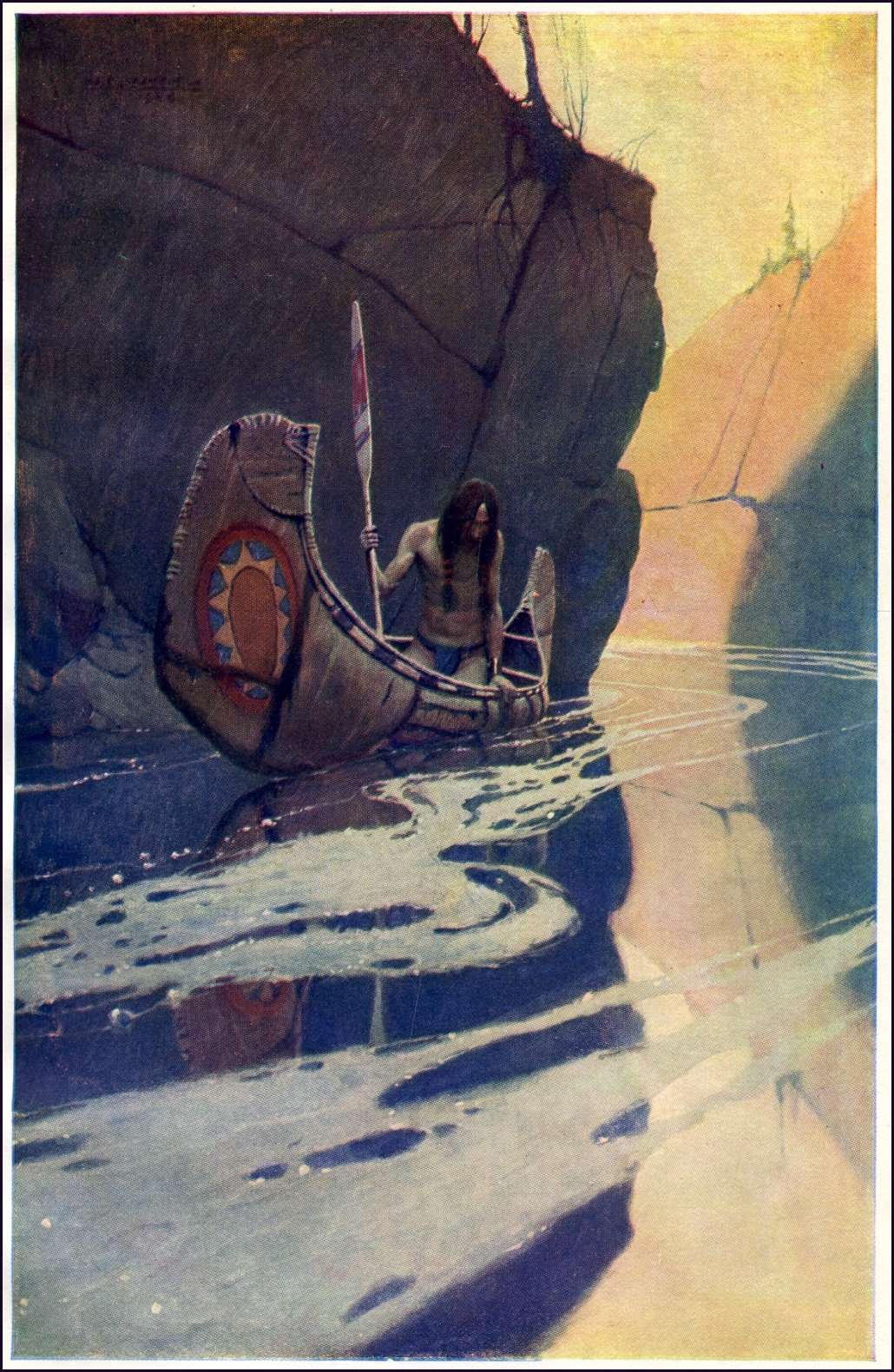 |
| NC Wyeth |

Nolan dedicated the catalog "to my teachers, who taught me how to be an artist, and to my students, who taught me how to be a teacher." For visitors who are either students or teachers of art, this exhibition will be particularly affirming.
-----

The exhibition will at the Norman Rockwell Museum in Stockbridge, Massachusetts through October 28, 2018.
The catalog "
Keepers of the Flame: Parrish, Wyeth, Rockwell and the Narrative Tradition"
Previously:
Dennis Nolan and the Hartford Art School









